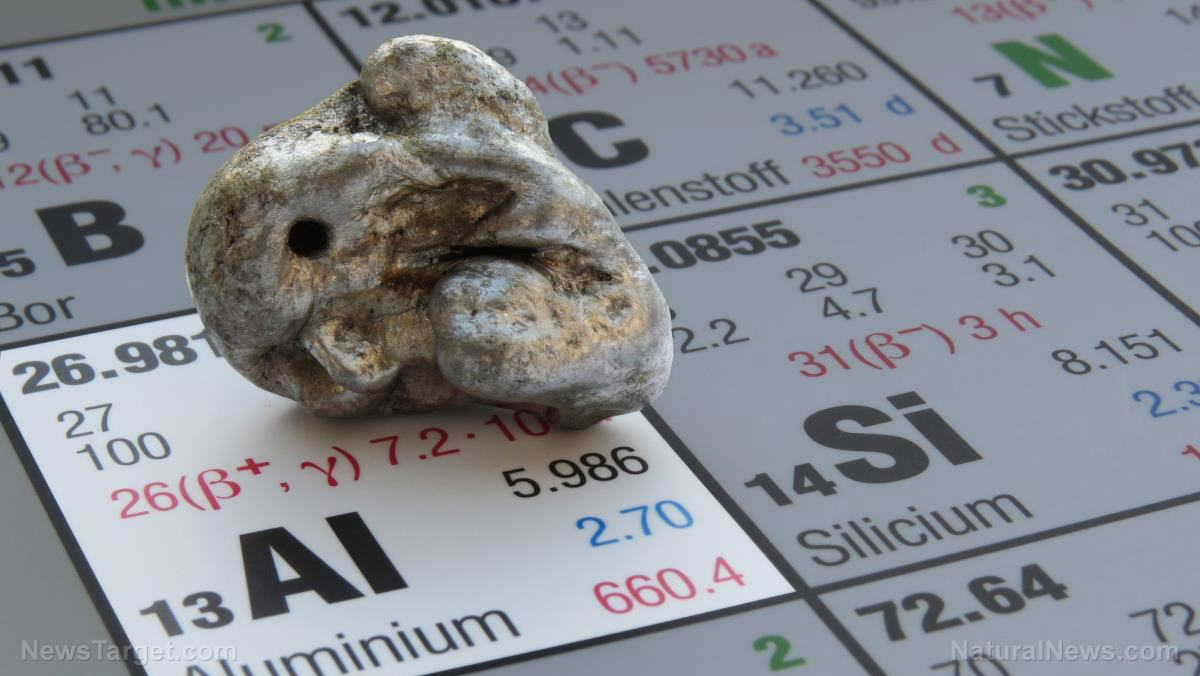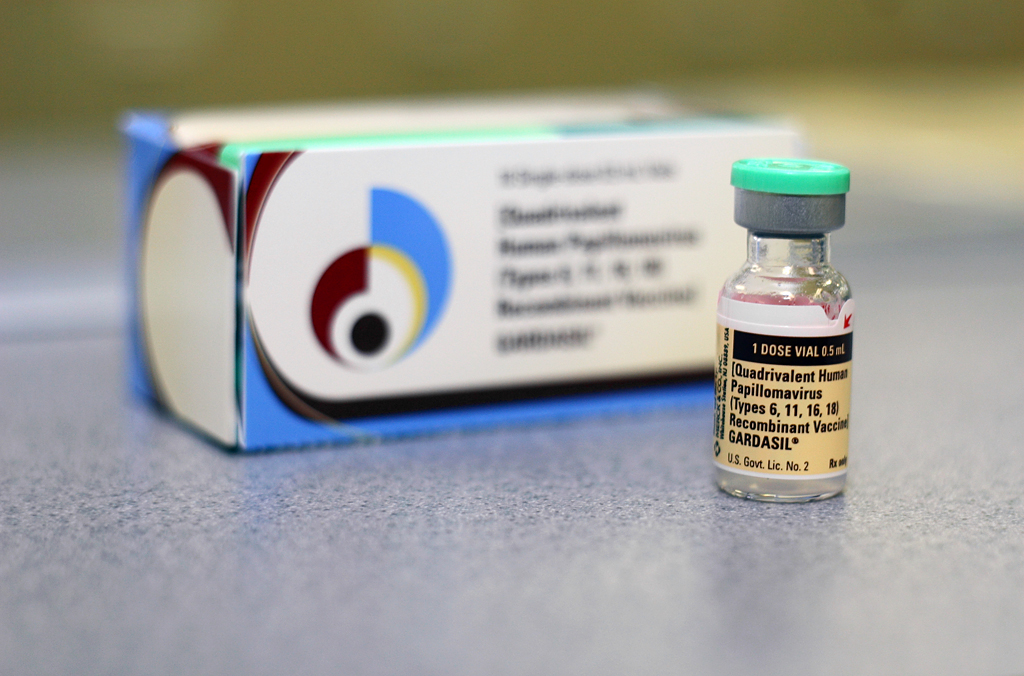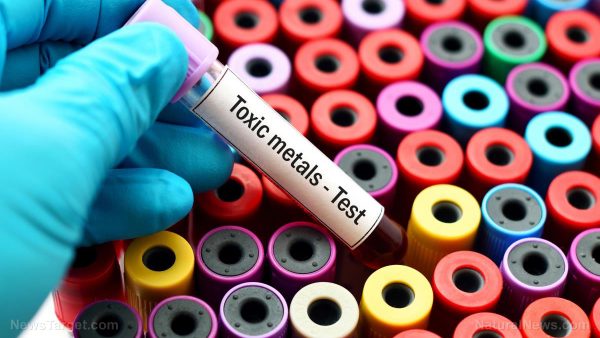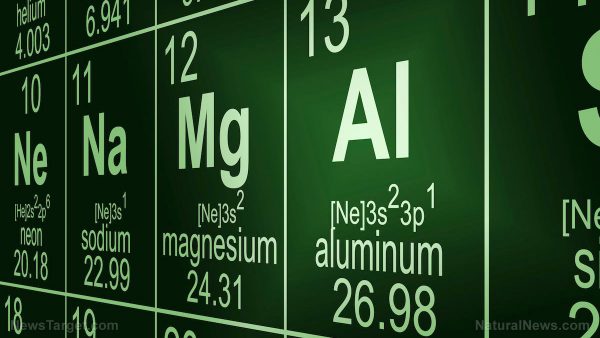Researcher discovers way to transform waste aluminum foil into biofuel catalyst
09/12/2017 / By Frances Bloomfield
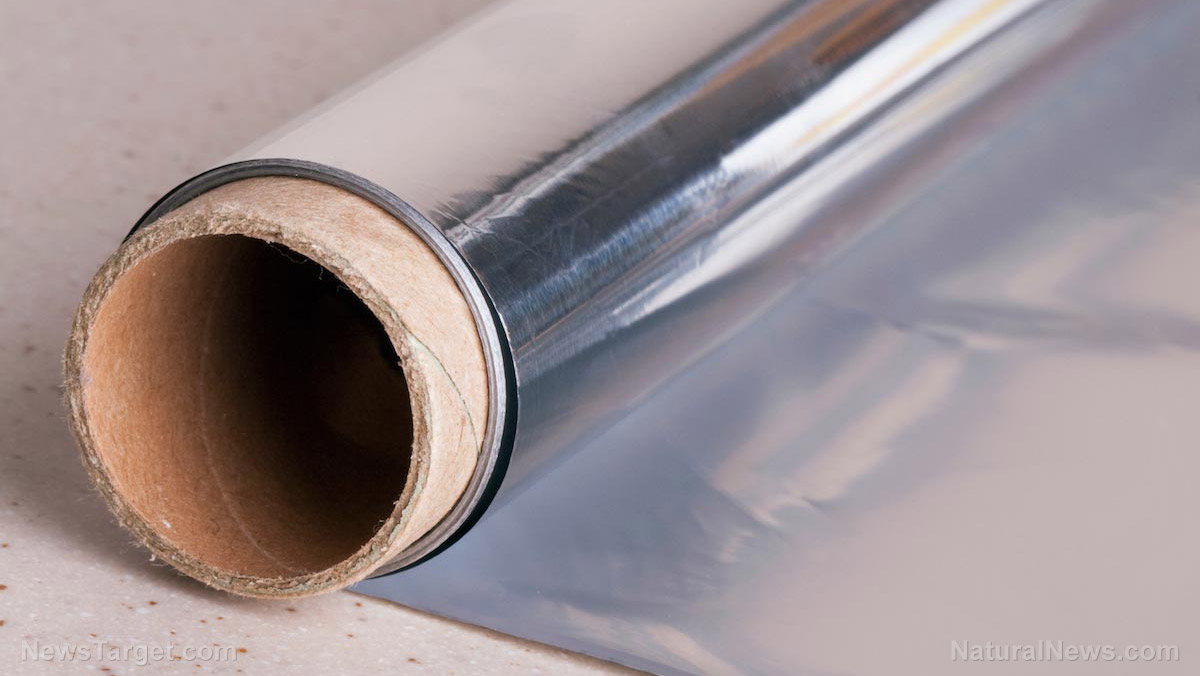
The pervasiveness of aluminum foil in daily life has reached a point where it occupies landfills in thousands of tons. Whatever isn’t thrown into landfills is instead incinerated because many recycling centers refuse to take in aluminum foil due to the possible damage to recycling equipment by the grease and oils coating the foil. Fortunately, engineers at Queen’s University Belfast in Northern Ireland have come up with a solution to the aluminum foil problem, reported ScienceDaily.com.
Led by Ahmed I. Osman, an Early Career Researcher from Queen’s University’s School of Chemistry and Chemical Engineering, the team has discovered a way to transform contaminated aluminum foil into pure aluminum salt crystals. These aluminum salt crystals can then serve as the starting materials, or alumina catalysts, for dimethyl ether, a non-toxic, clear-burning biofuel with potential as inexpensive an alternative energy source. Moreover, the alumina catalysts created by Osman and his team have a chemical, mechanical, and thermal stability that allows them to be used as an absorbent and a cutting tool material.
To obtain these aluminum salt crystals, Osman first collected aluminum foil from all over the university’s building laboratories. He then developed a crystallization method that involved dissolving aluminum foil in a chemical solution to turn the foil into crystals, then placing these crystals in another chemical solution, in this case ammonia precipitation, to purify them. The team noted that the process generated no waste or emissions whatsoever.
According to Osman, existing commercial alumina catalysts typically cost 305 British pounds or $396.87 per kilogram. By comparison, the alumina catalyst extracted from aluminum foil would come to around 120 British pounds or $156.14, a little over half of the price of commercial alumina catalysts.
In addition to being cheaper than commercial alumina catalysts, one other advantage of the aluminum foil-derived alumina catalysts lies in their environmental impact. Producing commercial alumina catalysts requires bauxite ore, a rock found in the tropical and subtropical regions of such places as Australia, West Africa, and the West Indies. Bauxite ore mining is both labor intensive, and creates severe environmental damage and adverse health effects to any people residing close to the mining sites. (Related: Toxic heavy metal lead found at 700 times national limit in China’s water supply.)
On their findings, Osman remarked: “I have always been inspired by chemistry and I believe that catalysis especially can make the world a better place. One day I took a walk through our laboratories at Queen’s and found lots of aluminum foil waste so I did a little digging and after speaking to my colleagues, I ran my experiment and was astonished by the ultrapure single crystals — I didn’t expect it to be 100 percent pure.”
He added: “This breakthrough is significant as not only is the alumina more pure than its commercial counterpart, it could also reduce the amount of aluminum foil going to landfill while also sidestepping the environmental damage associated with mining bauxite.”
Osman has expressed a desire to continue further research into the possible improvements and uses of the alumina catalysts, especially in regards to biofuel production.
“At Queen’s, our scientists and engineers often work hand in hand on common challenging problems for the society. By using our joint expertise, we have been able to tackle the issue of sustainable development and come up with a research solution which lies in an area between chemistry and chemical engineering,” Osman said.
The results and methodologies were published in Nature Scientific Reports.
To read up on more stories that are similar to this one, simply visit Progress.news today.
Sources include:
Tagged Under: alternative energy, alternative energy sources, alumina, alumina catalysts, aluminum foil, aluminum salt crystals, bauxite, BioFuel, biofuel catalysts, Chemistry, environment, recycling, recycling foil


